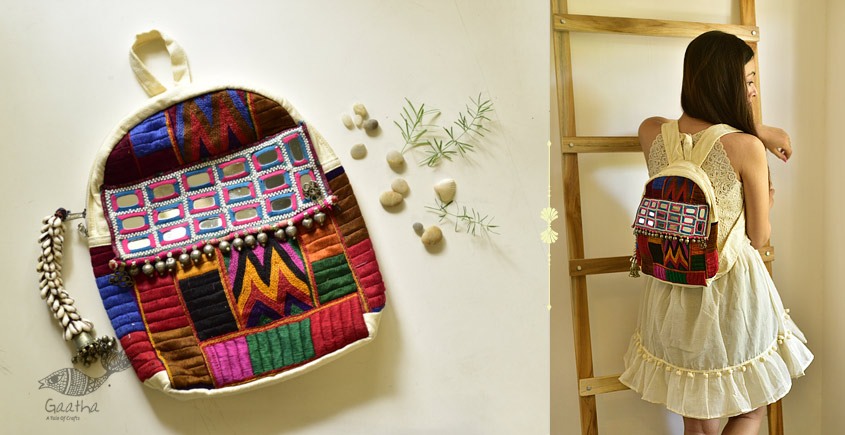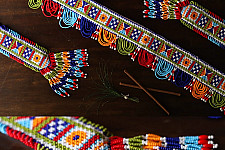- Availability: 1
- Made & Mkt by: Kosher
- Product Code: 3999-BEE21-06
- Weight: 850.00g
- Dimensions: 31.00cm x 26.00cm x 6.00cm
The typical dispatch time is 2-3 days; however, in special cases, it may take longer. Please refer to the product details section for specific timelines. Once dispatched, we will share the tracking details with you.
For returns, you can file a request within 24 hours of receiving the product. If the package is damaged, please make a video while unboxing and share images of the damaged item along with your return request.
9328006304 ( WhatsApp )

Hampi (Karnataka), the seat of the famed Vijayanagara Empire was the capital of the last big empire in Southern India, covering several states. The empire reigned supreme under Krishnadevaraya, the Emperor. Today, the ruins of Hampi of the 14th Century lies scattered in about 26 sq. km area, amidst giant boulders and vegetation.
Strewn over a large area (about nine square miles) the ruins at Hampi offers to the tourist a remainder of the greatest land in the whole world. Every rock, every path and every monument at Hampi speaks the same language; a language of glory and beauty.

In this dry, rocky area, reside the Lambanis, dressed in their colourful embroidered dresses strewn with mirrors, coins and shells. Lambanis, elsewhere known as “Banjaras”, who originally came from Marwar are semi-nomadic people who reside mostly in Southern and Middle India. As with many tribal groups, especially those with a nomadic heritage, there is a modern tendency to either isolate or assimilate. The Banjara women, however, are holding steadfast to their ancient mode of dress, which is perhaps the most colorful and elaborate of any tribal group in India. The Lambani women practice a unique mirror and embroidery craft, which they mostly use for making their own traditional dresses or for giving to their daughters for their weddings. The Lambani embroidery is an amalgam of pattern darning, mirror work, cross stitch, and overlaid and quilting stitches with borders of “Kangura” patchwork appliqué, done on loosely woven dark blue or red handloom base fabric.

Lambani embroidery is commonly mistaken as Kutchi (Kachhi) embroidery because of mirror work, but shells and coins are unique to this type of embroidery. Also, the stitches used are different. The 14 types of stitches used in Lambani embroidery are Kilan, Vele, Bakkya, Maki, Suryakanti Maki, Kans, Tera Dora, Kaudi, Relo, Gadri, Bhuriya, Pote, Jollya, Nakra. Products made with such embroidery have wonderful textures and a bohemian style, making them very popular with tourists.

Feather stitch and blanket stitch, two of the stitches used in Lambani embroidery A distinctive design range is its revival and use of local mud-resist handloom fabric, and the mirrors, shells and white ornamental trims that are a traditional part of Lambani as well as the Irikil saris of Dharwad-Hubli and other local fabrics. There are 13 colours that are mostly used in Lambani embroidery, out of which; red and blue are most common. The base cloth used is either cotton khadi or power loom fabric and is also dyed locally, thus working in harmony with the local small scale industry. Although most of the fabric is dyed using chemical colours, vegetable dyes made from Kattha, Rathanjot, Chawal Kudi, Pomegranate peel etc are gaining popularity.

Some of the villages around Hampi, where this craft is practiced are Kadirampur, Mariyammanahalli, Sitaram Tanda, Kamalapur, Keri Tanda. Lambani embroidery has now reached all over the world with the export of bed sheets and cushion covers in subtle colours but the heavily embroidered bags in flamboyant colours remain are a favourite among tourists.
| Craftsmen | |
| Made by | Craftsmen working with Kosher |
| Returns and Exchange | |
| Note | The products in this category cannot be returned or exchanged. |
| Material | |
| Made of | Cotton, White metal, Mirror |
| Instruction | |
| Note | -Variety of fabrics quilted and embellished with regional embroidery, glass beads, sequins and mirror work. -These embroidery pieces are antiques, imperfections and variations cannot be deemed as defects, rather intrinsic to the product. |





















-225x150w.jpg)
-225x150w.jpg)
-225x150w.jpg)
-225x150w.jpg)
-225x150w.jpg)

-225x150w.jpg)
-225x150w.jpg)
-225x150w.jpg)
-225x150w.jpg)
-225x150w.jpg)
-225x150w.jpg)
-225x150w.jpg)
-225x150w.jpg)
/25_12_2020/Applique-Kaam-⌘-Cushion-Cover-⌘-7-225x150h.jpg)
/25_12_2020/07-(2)-225x150.jpg)

-225x150w.jpg)



-225x150w.jpg)


-225x150w.jpg)
-225x150w.jpg)

-225x150w.jpg)









-225x150w.jpg)

-225x150w.jpg)

-225x150w.jpg)

